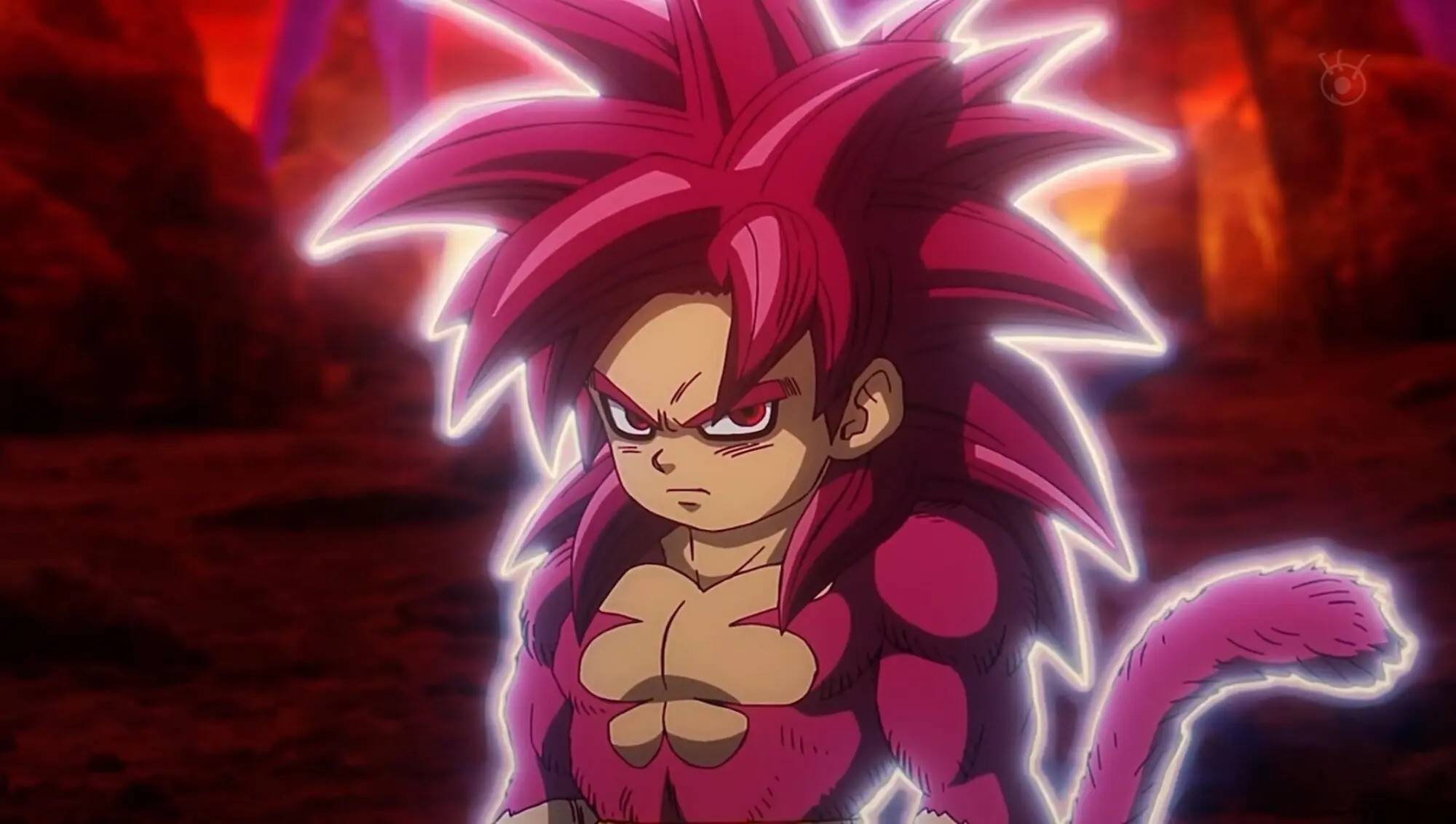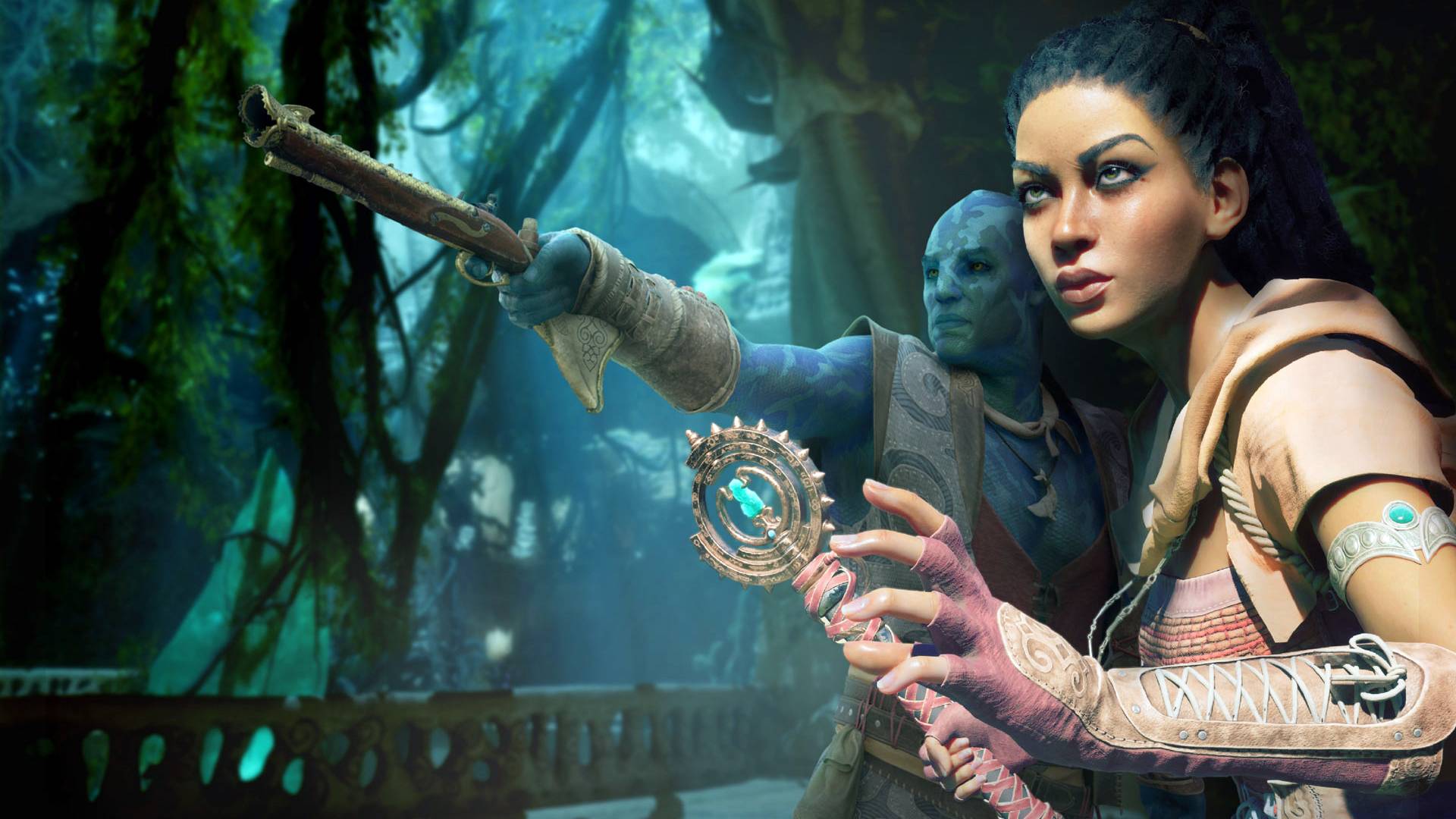10 Times Assassin's Creed Changed History
Ubisoft has once again activated the Animus, this time transporting us to Japan’s Sengoku Period with Assassin’s Creed Shadows. Set in 1579, the game introduces historical figures such as Fujibayashi Nagato, Akechi Mitsuhide, and Yasuke, the African samurai who served Oda Nobunaga. As with previous entries in the series, these characters are interwoven into a narrative that blends historical events with fiction, crafting a thrilling tale of revenge, betrayal, and murder. While the game's depiction of Yasuke engaging in combat to gather enough XP to wield a gold-tier weapon is purely imaginative, it captures the essence of the series' engaging gameplay.
Assassin’s Creed is renowned for its historical fiction approach, crafting a science fiction conspiracy narrative around a secret society vying for world domination through the mystical powers of a pre-human civilization. Ubisoft meticulously researches historical settings to create immersive open-world environments, yet it's crucial to recognize these games as works of fiction rather than historical lessons. The developers often take creative liberties with historical facts to enhance the storytelling experience.
Below, we explore ten instances where Assassin’s Creed has creatively reinterpreted history:
The Assassins vs Templars War

The notion of a centuries-long conflict between the Order of Assassins and the Knights Templar is a cornerstone of the Assassin’s Creed series, yet it lacks historical foundation. The Assassins, established in 1090 AD, and the Templars, founded in 1118, did not engage in the epic battles depicted in the games. Both groups were disbanded by 1312, and their only shared historical context was the Crusades. The idea of ideological opposition between them is a fictional construct, inspired by conspiracy theories surrounding the Templars.
The Borgias and their Superpowered Pope

In Assassin’s Creed 2 and Brotherhood, the Borgia family, led by Cardinal Rodrigo Borgia (Pope Alexander VI), is portrayed as the Templar Order's masterminds. The games' narrative of a Borgia plot to harness the Apple of Eden and control humanity is entirely fictional, as the Templars did not exist during the late 1400s. While the Borgias' historical reputation for corruption is well-known, the games exaggerate their villainy, particularly with Cesare Borgia's portrayal as an incestuous psychopath, which lacks historical evidence.
Machiavelli, Enemy of the Borgias

Assassin’s Creed 2 and Brotherhood depict Niccolò Machiavelli as Ezio’s ally and leader of the Italian Assassin’s Bureau, fighting against the Borgias. However, Machiavelli's real-life philosophies and actions suggest he would not have aligned with the Assassins' anti-authoritarian stance. He viewed Rodrigo Borgia as a successful con man and respected Cesare Borgia as a model ruler, contradicting the games' portrayal of his opposition to the family.
The Incredible Leonardo da Vinci and his Flying Machine

Assassin’s Creed 2 showcases a strong depiction of Leonardo da Vinci's charisma and wit, but the game takes liberties with his timeline and inventions. In reality, da Vinci moved from Florence to Milan in 1482, not Venice in 1481 as the game suggests. While da Vinci's designs for a flying machine are historically accurate, there is no evidence that any of his inventions, including the machine gun and tank seen in the games, were ever built.
The Bloody Boston Tea Party

The Boston Tea Party, a pivotal event in the American Revolution, was a non-violent protest. In Assassin’s Creed 3, however, the event is transformed into a violent confrontation, with protagonist Connor killing numerous British guards. The game also suggests Samuel Adams orchestrated the protest, a claim historians debate. This reinterpretation adds drama but deviates significantly from historical accounts.
The Lone Mohawk

Assassin’s Creed 3's protagonist, Connor, a Mohawk, fights alongside the Patriots against the British, despite the Mohawk's historical alliance with the British. This scenario, while inspired by the rare example of Louis Cook, a Mohawk who fought for the Continental Army, is considered highly unlikely by historians. Connor's story explores the "what if" scenario of a Mohawk aligning with the Patriots, adding depth to the narrative.
The Templar Revolution

Assassin’s Creed Unity's portrayal of the French Revolution as a Templar conspiracy oversimplifies the complex causes of the event, including natural disasters leading to famine. The game's focus on the Reign of Terror as the entirety of the revolution ignores the broader context and multiple factors that contributed to the uprising.
The Controversial Killing of King Louis 16

In Assassin’s Creed Unity, the execution of King Louis 16 is depicted as a close vote swayed by a Templar, suggesting controversy over his punishment. In reality, the vote was a clear majority in favor of execution. The game also downplays the King's attempt to flee France, which contributed to his treason charges and the public's anger against the aristocracy.
Jack the Assassin

Assassin’s Creed Syndicate reimagines Jack the Ripper as a rogue Assassin seeking to control the London Brotherhood. This narrative twist, while fitting the series' theme of hidden histories, diverges from the historical mystery surrounding the real Jack the Ripper, whose identity and motives remain unknown.
The Assassination of the Tyrant Julius Caesar

Assassin’s Creed Origins reinterprets Julius Caesar's assassination as a battle against a proto-Templar leader. The game's portrayal of Caesar as a tyrant opposed to the people's interests contradicts his historical efforts to redistribute land to the poor. The assassination's aftermath, leading to the Roman Empire's rise, is also at odds with the game's narrative of a victory for the conspirators.
The Assassin’s Creed series meticulously crafts its historical settings, yet it often bends historical facts to enhance its storytelling. This approach to historical fiction allows for engaging narratives that, while not historically accurate, provide an entertaining and thought-provoking experience. What are your favorite examples of Assassin’s Creed's creative liberties with history? Share your thoughts in the comments below.
-
 Mar 17,25All Split Fiction Achievements & How to Unlock Them Dive into the captivating co-op adventure Split Fiction from Hazelight Studios! This guide outlines every achievement, ensuring you and your partner conquer every challenge. While some trophies are earned naturally through the story, many require thorough exploration and unique actions. Use this g
Mar 17,25All Split Fiction Achievements & How to Unlock Them Dive into the captivating co-op adventure Split Fiction from Hazelight Studios! This guide outlines every achievement, ensuring you and your partner conquer every challenge. While some trophies are earned naturally through the story, many require thorough exploration and unique actions. Use this g -
 Mar 19,25How Does Dragon Ball Daima’s Finale Explain Goku Never Using Super Saiyan 4 in Super? The climactic battle in Dragon Ball Daima's finale pits Gomah against Goku, showcasing Goku's newly acquired form. This episode naturally led many fans to anticipate an explanation for Super Saiyan 4's absence in Super. So, how does the finale address this?In episode 19, after Glorio's wish restore
Mar 19,25How Does Dragon Ball Daima’s Finale Explain Goku Never Using Super Saiyan 4 in Super? The climactic battle in Dragon Ball Daima's finale pits Gomah against Goku, showcasing Goku's newly acquired form. This episode naturally led many fans to anticipate an explanation for Super Saiyan 4's absence in Super. So, how does the finale address this?In episode 19, after Glorio's wish restore -
 Jan 16,25Girls' Frontline 2: Exilium Tier List Released Another free-to-play gacha game, another character ranking to guide your investment choices. This Girls’ Frontline 2: Exilium character tier list helps you prioritize which characters are worth your resources. Girls’ Frontline 2: Exilium Character Tier List Here's a breakdown of currently available
Jan 16,25Girls' Frontline 2: Exilium Tier List Released Another free-to-play gacha game, another character ranking to guide your investment choices. This Girls’ Frontline 2: Exilium character tier list helps you prioritize which characters are worth your resources. Girls’ Frontline 2: Exilium Character Tier List Here's a breakdown of currently available -
 Mar 18,25Avowed Best PC Settings for Max FPS *Avowed*, a visual masterpiece, immerses you in a richly detailed world. To fully appreciate its stunning graphics without sacrificing performance, optimizing your PC settings is key. This guide helps you strike the perfect balance between breathtaking visuals and smooth gameplay.Recommended Videos
Mar 18,25Avowed Best PC Settings for Max FPS *Avowed*, a visual masterpiece, immerses you in a richly detailed world. To fully appreciate its stunning graphics without sacrificing performance, optimizing your PC settings is key. This guide helps you strike the perfect balance between breathtaking visuals and smooth gameplay.Recommended Videos
